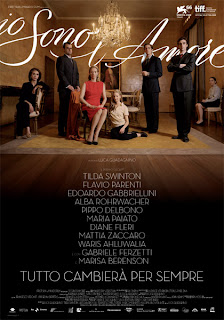I love his nonsense poems, of course, particularly because they are precisely not nonsense. Some of his poetry is very sad, of course, being anti-war, but some of it also very funny. Take the following, for example, from "The Seaman":
manhattan there are buckets of shit in front of you
mbaze mbaze bazebaze mleganga garoo
you flow quickly into me
kangaroos in the boat's entrails
wait I'm first going to put my impressions in order
the seated trippers lace at the water's edge
thrust your fingers in the sockets so that the light bursts like grenades
There is so much there!
Some of the poetry displays real unadorned grief, as well, as in "The Death of Guillaume Apollinaire":
And then check out this poem, called "Dada Song":
we know nothing / we knew nothing of grief / the bitter season of cold / carves long scars in our muscles / he would have sooner loved the joy of victory / wise with quiet sadnesses / caged / can do nothing
1.
the song of a dadaist
who had dada in his heart
so over-taxed his ticker
that had dada in its heart
the elevator carried a king
weighty brittle independent
he cut off his long right arm
sent it to the pope in rome
that's why
the elevator
no longer had dada in its heart
eat chocolate
wash your brain
dada
dada
drink water
2.
the song of a dadaist
who wasn't glad wasn't sad
and was in love with a lady cyclist
who wasn't glad wasn't sad
but the husband on new year's day
knew all and in a fit
dispatched to the vatican
their two bodies in three suitcases
neither the lover
nor the lady cyclist
were glad or sad any longer
eat excellent brains
wash your soldier
dada
dada
drink water
3.
the song of a cyclist
who was dada-hearted
who was then a dadaist
like all the dada-hearted
a snake was wearing gloves
he quickly shut the valve
popped on some snake skin gloves
and came and kissed the pope
it's touching
belly in flower
no longer had dada in its heart
drink bird milk
wash your chocolates
dada
dada
eat veal
I honestly laughed out loud when I read this last one.



